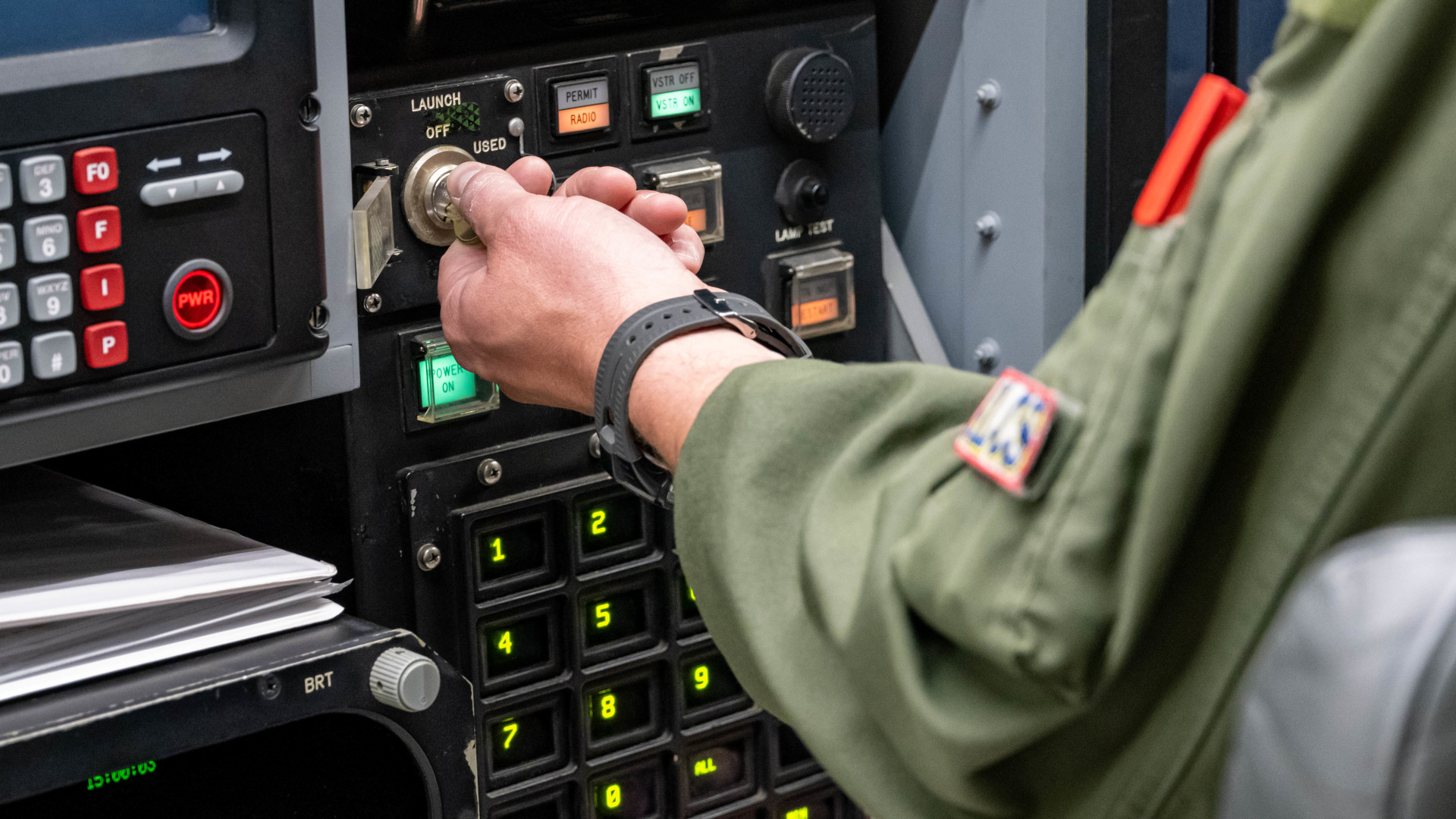The U.S. Air Force has released a picture that it says shows airmen aboard an E-6B Mercury ‘doomsday plane’ initiating the launch of an LGM-30G Minuteman III intercontinental ballistic missile. The Air Force, in cooperation with the U.S. Navy, fired the unarmed Minuteman III as part of a routine test earlier this month. By all indications, this image is roughly the same as what it would look like if a Mercury’s crew ordered a real, potentially world-ending nuclear strike.
Air Force Global Strike Command (AFGSC) led the test launch of the Minuteman III on April 19. The service used a test silo at Vandenberg Space Force Base in California to actually fire the missile, which was commanded by a team of Air Force and Navy personnel flying onboard the E-6B over the Pacific. Unarmed LGM-30G test launches, including ones involving Mercury aircraft, occur routinely to demonstrate the reliability of these missiles and the critical command and control architecture that underpins them. The LGM-30G forms the land-based component of the U.S. military’s nuclear deterrent triad. Around 400 operational Minuteman IIIs, each carrying a single warhead, are loaded in silos spread across Colorado, Montana, Nebraska, North Dakota, and Wyoming.

Newly released pictures from the test launch include one, seen at the top of this story and below, showing a member of the crew turning keys to initiate the Minuteman III launch via the Airborne Launch Control System (ALCS). The use of multiple physical keys has long been an iconic component of the security measures surrounding the use of U.S. nuclear weapons. During parts of the Cold War, at least one member of the crew on Air Force doomsday planes in charge of one of those keys was armed with a revolver to defend themselves against anyone trying to launch a rogue nuclear strike.
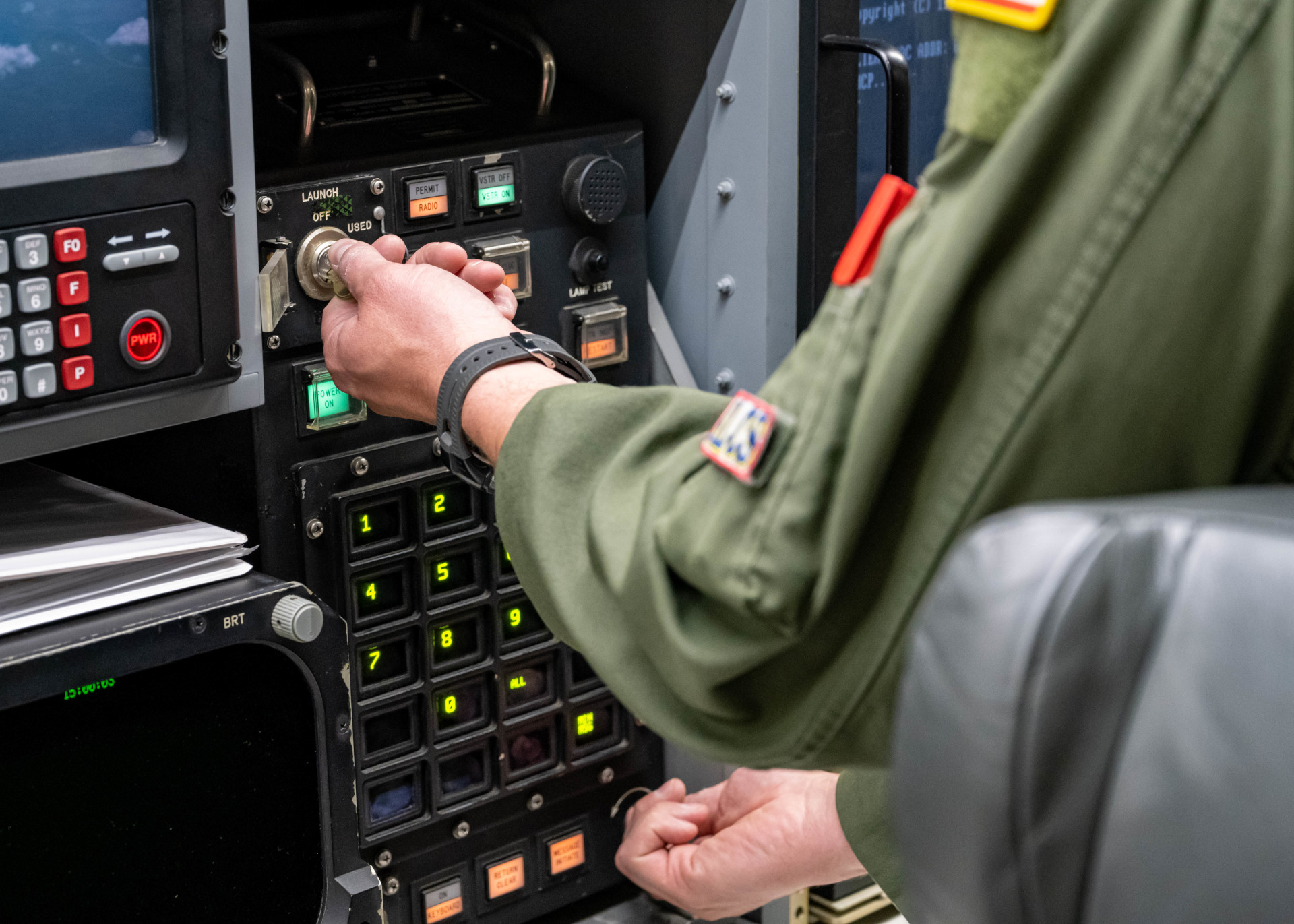
Each one of the U.S. military’s E-6Bs, which are based on the Boeing 707 jet airliner and are owned by the Navy, but have Air Force personnel among their crews, are fitted with what is known as the Airborne Launch Control System (ALCS). ALCS can be used to send launch orders to the control centers in charge of the Minuteman III silos, or even remotely trigger a launch under certain circumstances. The E-6Bs are also specially equipped to communicate with the Navy’s Ohio class nuclear ballistic missile submarines, which form another leg of the triad, as you can read more about here.
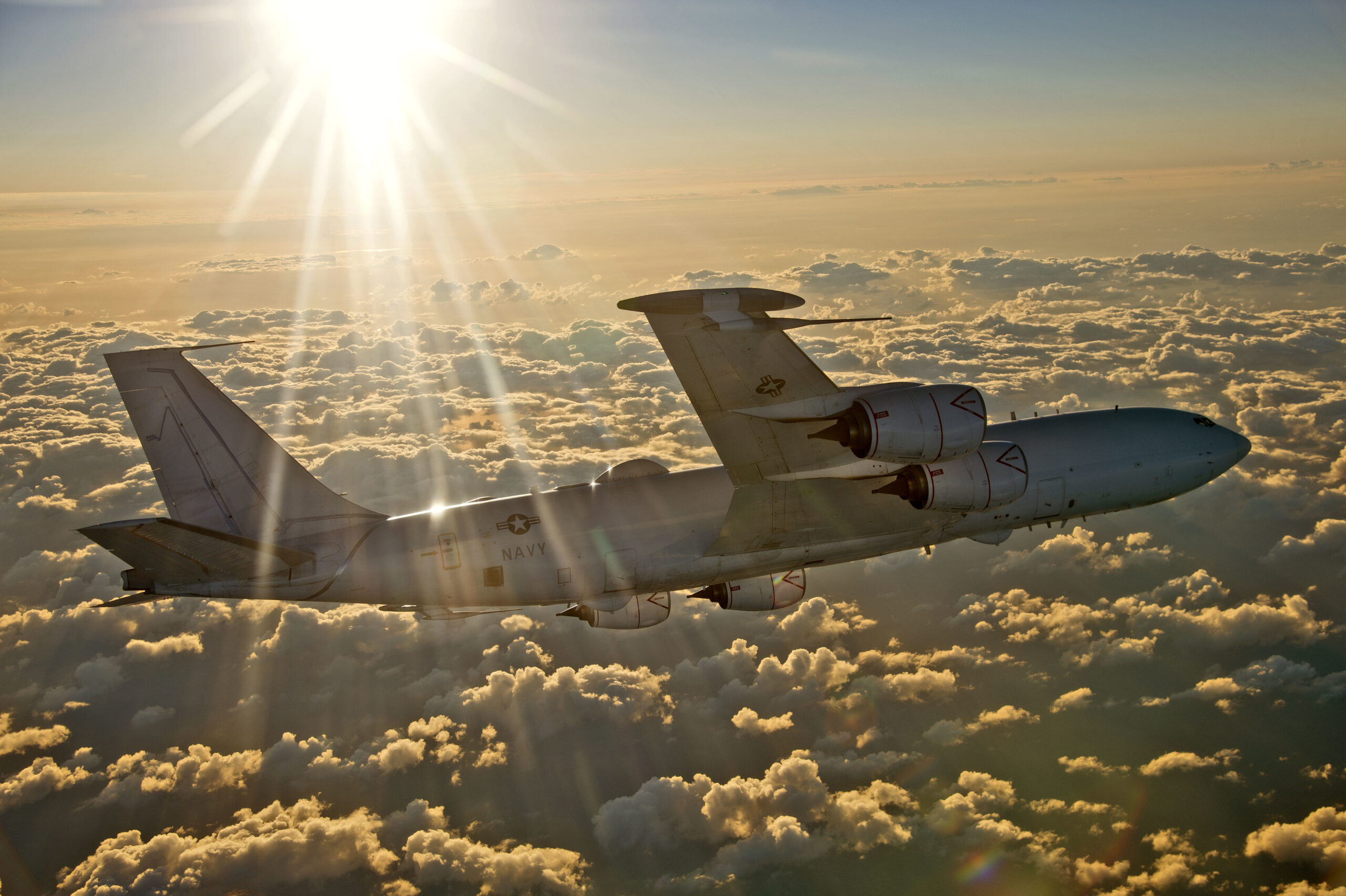
“ALCS provides the nation’s only survivable backup launch capability to our land-based ICBM force,” Air Force Maj. Hayden McVeigh, an ALCS deputy crew commander from the 625th Strategic Operations Squadron, who was part of the April 19 test launch, said in a statement. “This capability enhances the lethality of the Minuteman III ICBM and greatly increases the deterrent value of our nuclear forces.”
In short, the ALCS on the E-6Bs presents an additional obstacle to any opponent who might seek to launch a first strike with the hope of knocking out all of the command and control links to Minuteman III silos and preventing their use in retaliation. It is, of course, worth noting that the U.S. ICBM force’s main purpose is currently described as being a ‘warhead sponge,’ or a large target that an enemy must expend a significant amount of resources on trying to neutralize in any nuclear exchange.
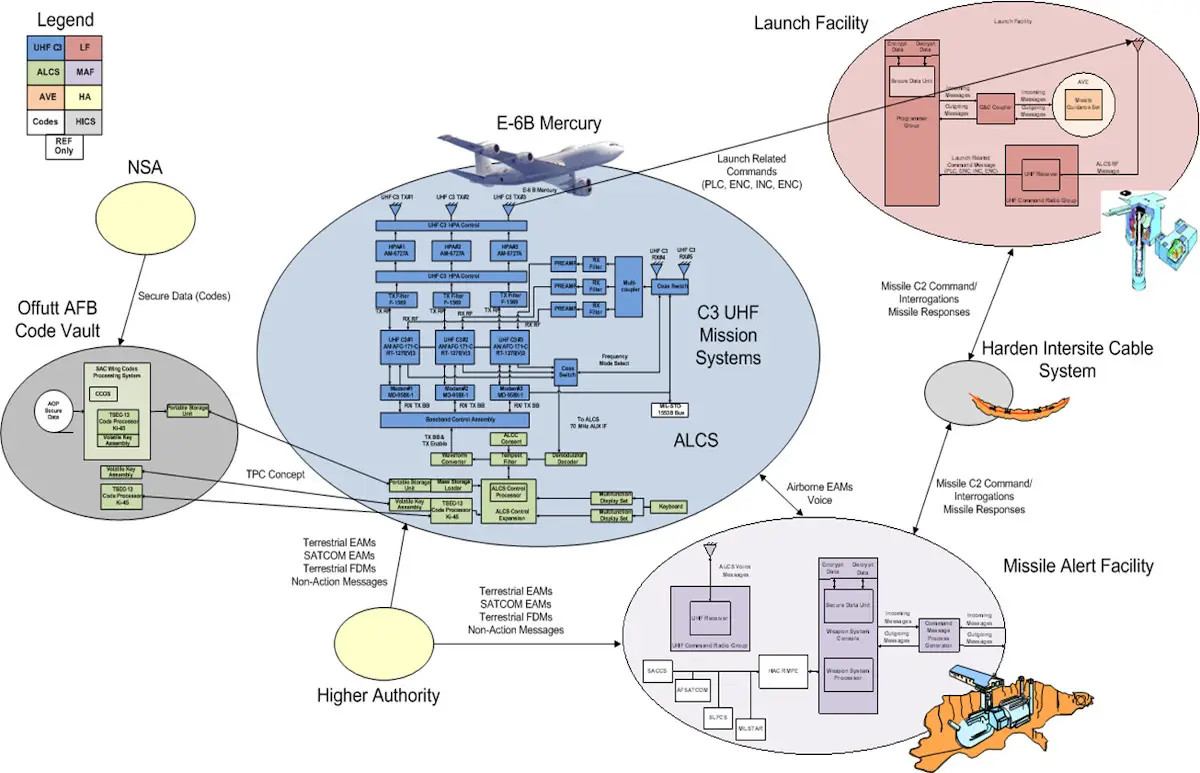
Regardless, the way the ground-based control centers for the Minuteman IIIs are configured, if the personnel operating them become incapacitated for any reason, are such that the systems automatically switch over to a mode where they are primed to receive direct instruction from one of the Mercury aircraft or another outside source.
A valid launch code is still required and there is no so-called ‘dead hand trigger’ that would automatically fire any ICBMs. The final launch command is also just one relatively small part of the overall process behind the launch of a nuclear strike of any kind. This includes the final decision by the President, alone, to go ahead with such a strike in the first place and the transmission of coded Emergency Action Messages (EAM), among other things.
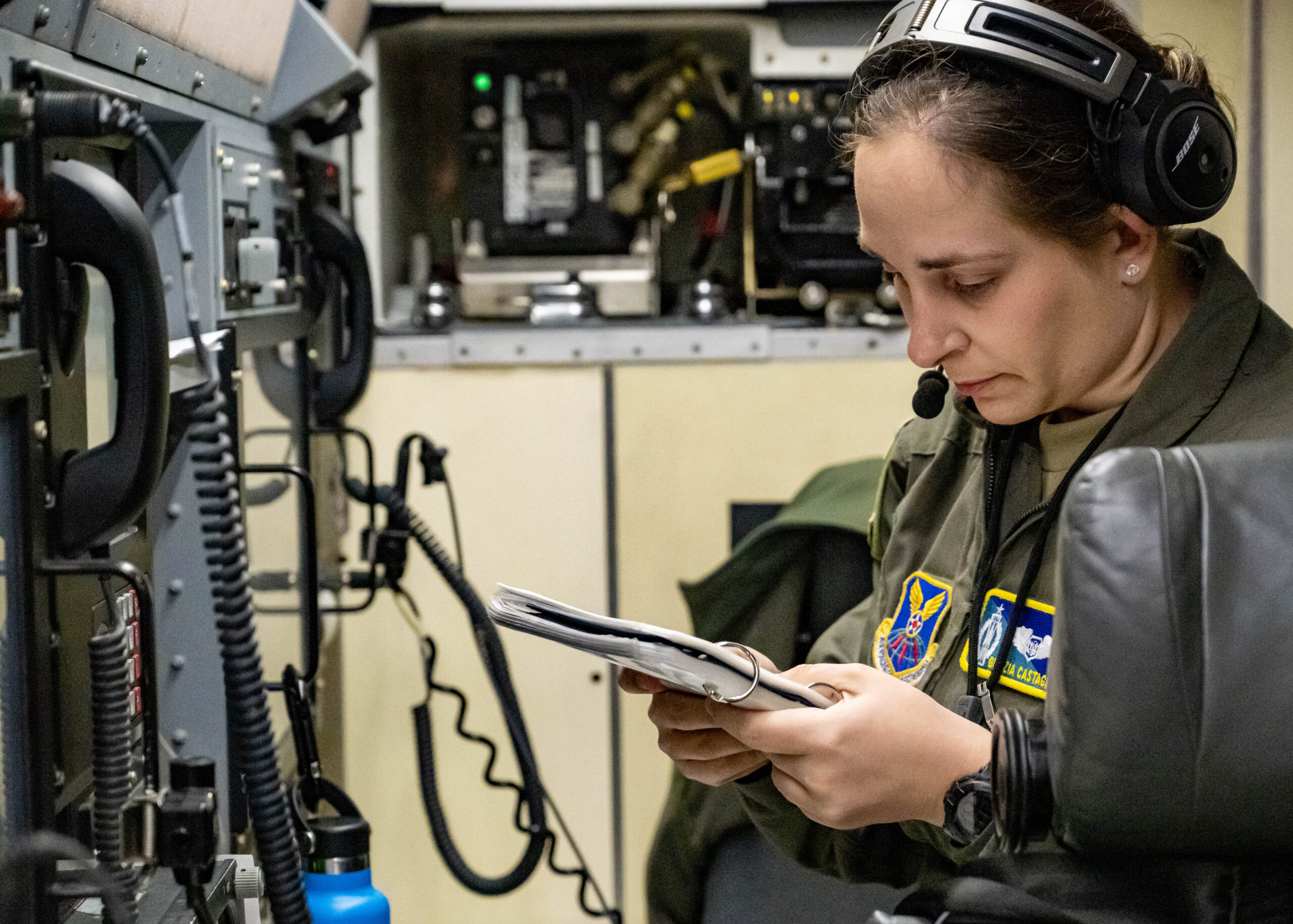
“We have a team of roughly 14 Sailors that enable the aircraft to perform its mission,” Navy Lt. Cmdr. Chad Carlson, the E-6B mission commander for the flight, added. “We have pilots, flight engineers, communication systems [officers], avionics aircrewmen, and reels operators controlling the wire system in the aircraft. The Navy crew on this mission will provide all the communication capabilities to allow the ALCS crew to communicate with the ICBM.”
“We have a unique ability to strike a target anywhere, at any time, should the commander-in-chief deem it vital to our national security and the security of our allies,” Air Force Col. Chris Cruise, the head of the 377th Test Evaluation Group at Vandenberg, had said in a statement at the time of the test launch. “An Airborne Launch Control System test validates that capability, ensures we have redundancy in our weapons systems, and showcases the interoperability with our Navy counterparts.”

For as obviously significant as the ALCS system is, its future is somewhat in limbo currently. The Navy has already initiated a process to begin acquiring a replacement for the E-6B. However, that E-XX aircraft, which will be based on the C-130J-30 Hercules turboprop cargo plane, is not currently expected to carry the ALCS or otherwise support the Air Force’s associated strategic Airborne Command Post (ABNCP) mission, nicknamed Looking Glass. The new Navy aircraft will instead be focused solely on the nuclear ballistic missile submarine support mission, which the service refers to as Take Charge and Move Out (TACAMO).
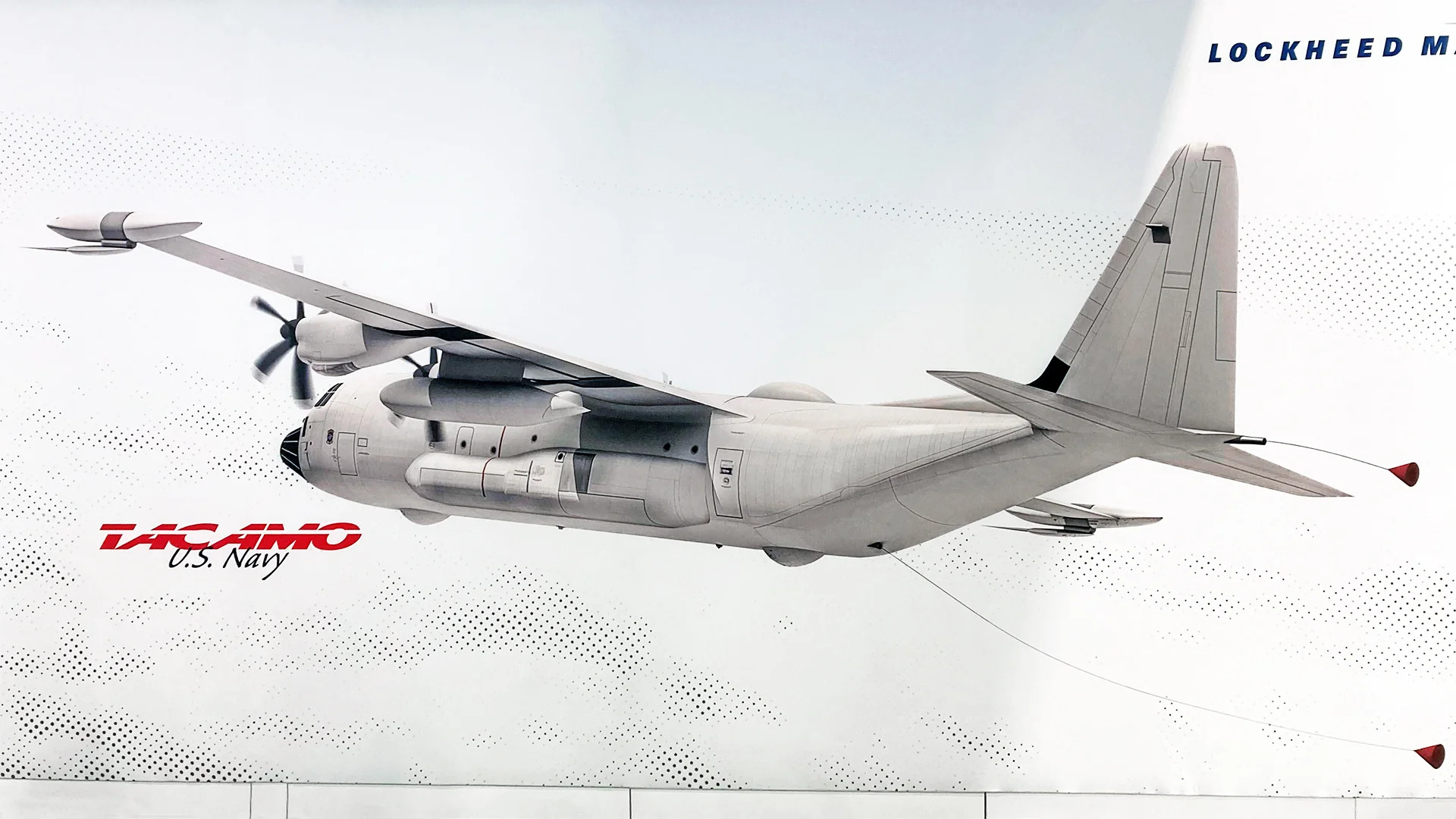
This has raised questions about where the ALCS, or a similar but improved capability, and the rest of the Looking Glass mission, will find a home in the future. One possibility could be that the Air Force is planning to integrate this all into its future Survivable Airborne Operations Center (SAOC) aircraft, which the service plans to acquire as a replacement for its Boeing 747-based E-4B Nightwatch jets.
The E-4B is also a doomsday plane, but is far more robust in its overall flying command center and other capabilities than the E-6B. It is able to support a host of other continuity of government functions in the midst of a major crisis while carrying the President of the United States and other senior officials. ALCS was tested on an E-4B, of which the Air Force currently has four, but the decision was ultimately made not to install it on these aircraft. It is also worth noting that prior to the introduction of the E-6 series, the Air Force and the Navy had conducted their ABNCP and TACAMO missions using separate aircraft.
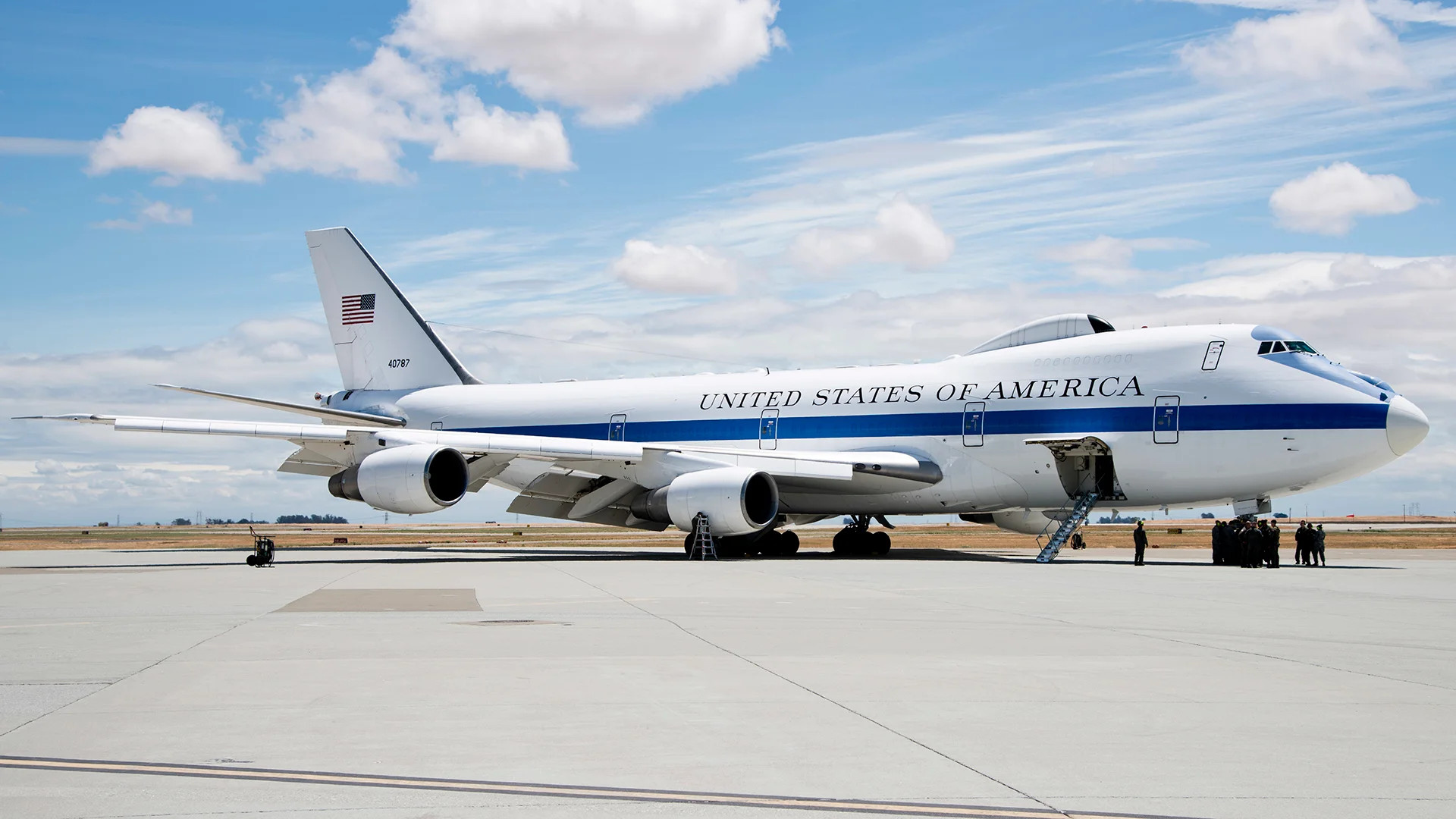
However, like the E-4B fleet, the Air Force is only expected to acquire a relatively small number of SAOCs, which also do not appear to be intended, in any way, as a direct replacement for the E-6B. As such, it seems possible, if not probable that the service would need additional aircraft to meet its Looking Glass demands. Improved space-based communications capabilities could be another part of the future nuclear command control ecosystem, as well.
Whatever the Air Force’s future ALCS/Looking Glass plans might be, the need for survivable backup nuclear command and control nodes, including those in the air, is not going away any time soon. The service will also continue to need this kind of capability specifically to support its ICBMs, which it is in the process of modernizing. The LGM-30G Minuteman IIIs are to eventually be replaced by new LGM-35A Sentinal ICBMs.
“Strategic deterrence is the most critical mission in our Air Force and the cornerstone of America’s defense,” Gen. Thomas Bussiere, commander of Air Force Global Strike Command, said after the April 19 test. “This test launch reinforces what our allies and partners already know – we’re always ready to defend the United States with combat ready nuclear forces anytime, anywhere, on order, to conduct global strike.”
The Air Force has now given us a direct view of what it would look like for the crew of an E-6B ‘doomsday plane’ to kick off an actual nuclear strike should they ever be called upon to do so.
UPDATE 4/25/2023:
The U.S. Air Force’s Eighth Air Force has now released a video about the April 19 Minuteman III test, which includes footage of the launch initiation aboard the E-6B, as seen in the Tweet below.
Contact the author: joe@thedrive.com
